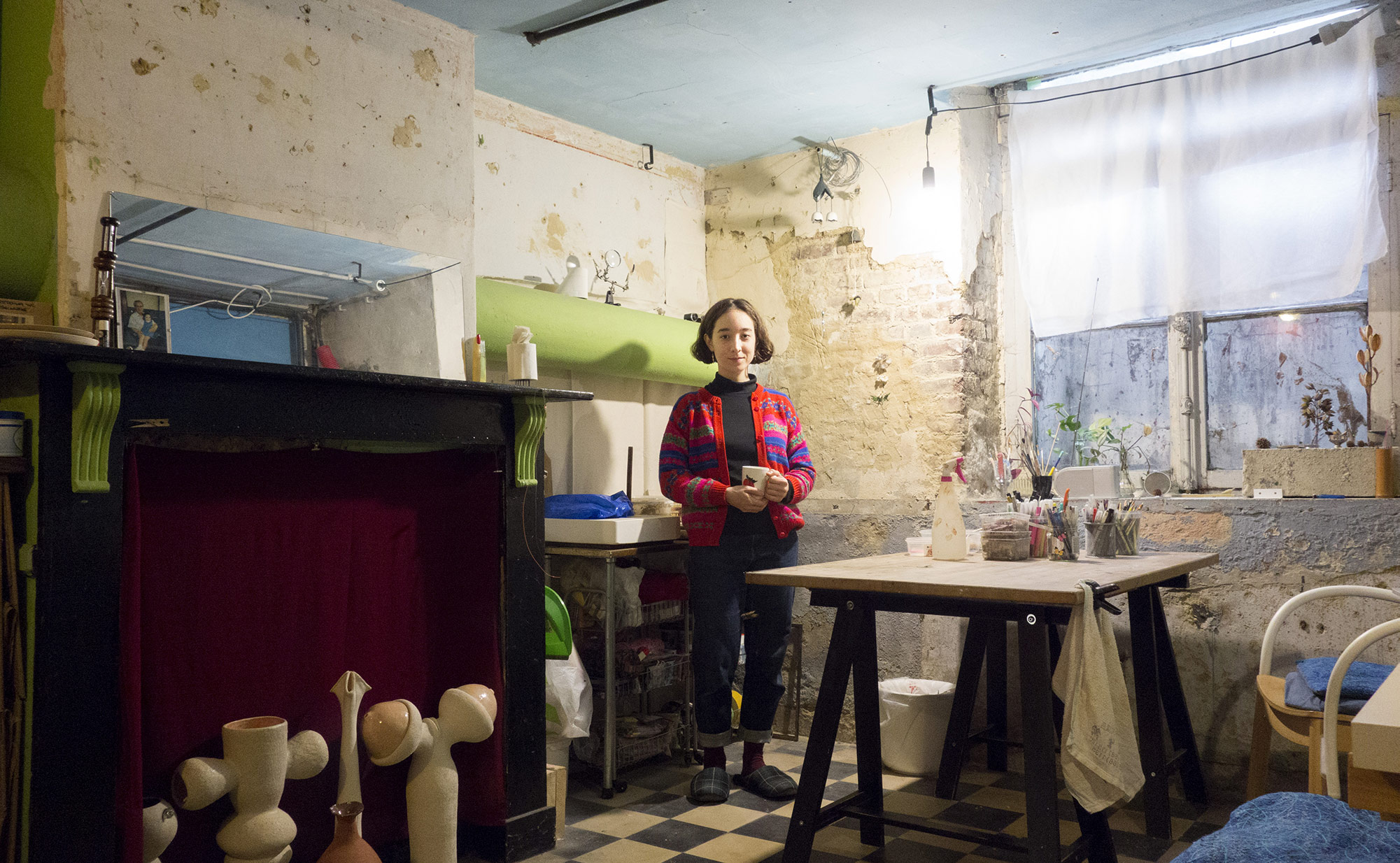
projectvoorstel

voorbereiding bakstenen

participatief moment
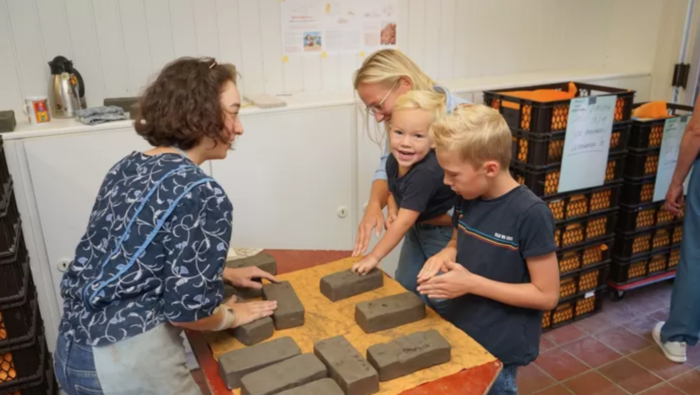
participatief moment
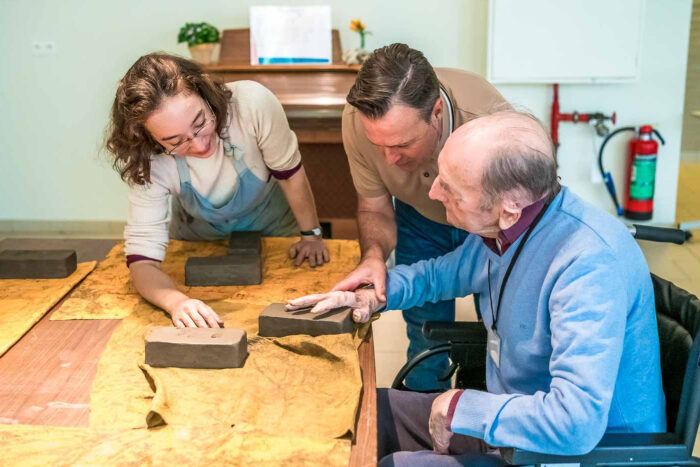
participatief moment
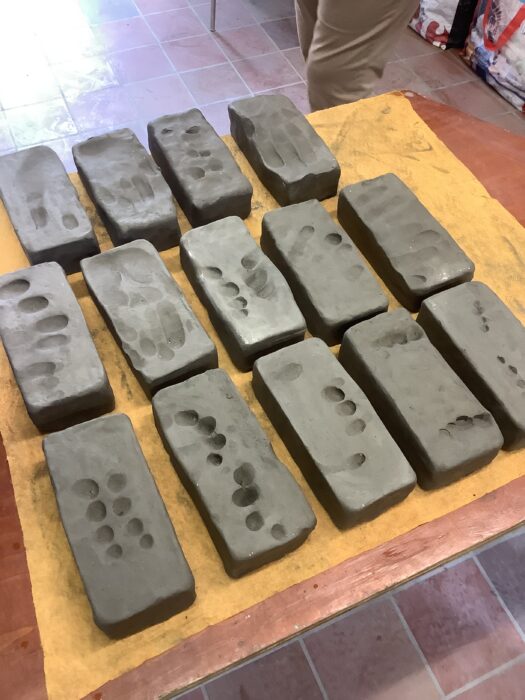
ongebakken bakstenen

de oven in

na de stook
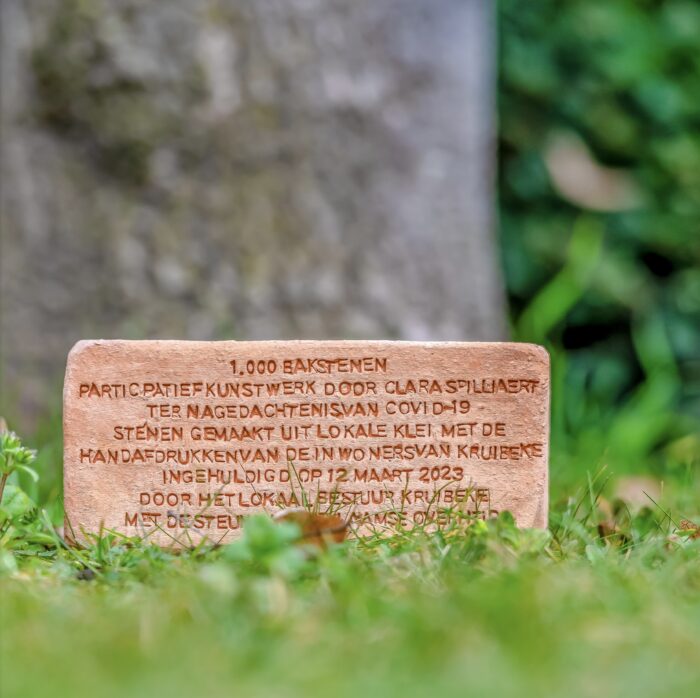
titelsteen
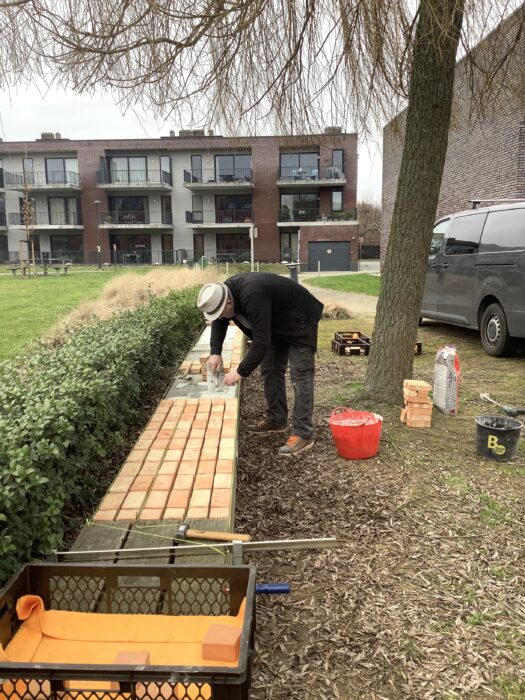
uitvoering

plaatsing
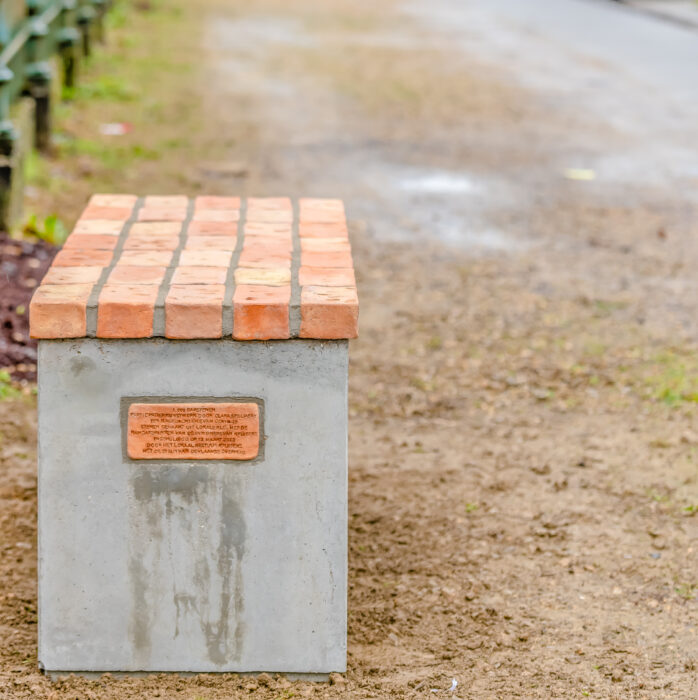
zitbank bij kerkhof Kruibeke
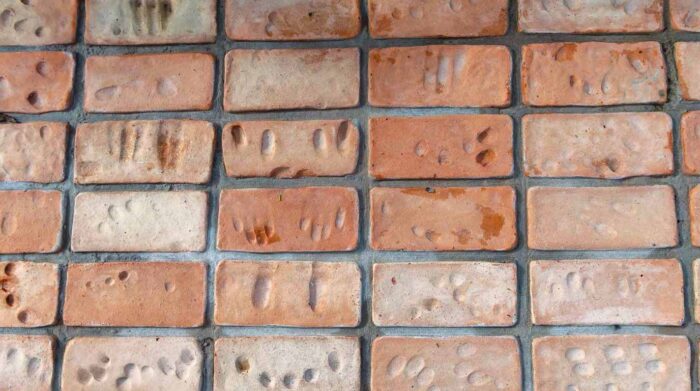
detail van een zitbank bij WZC Wissekerke

Mercatoreiland, Rupelmonde

Mercatoreiland, Rupelmonde
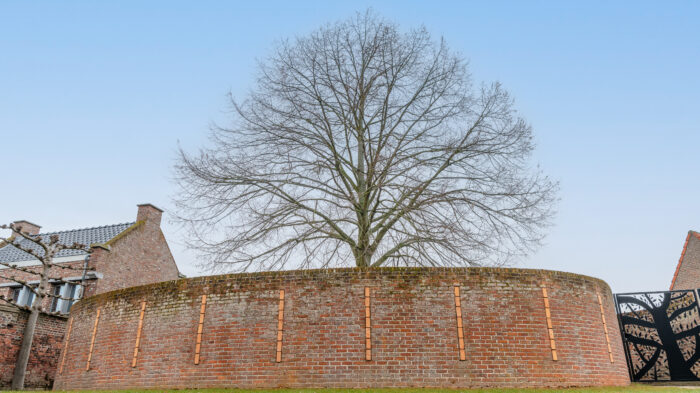
muursculptuur, Kerkhof Rupelmonde
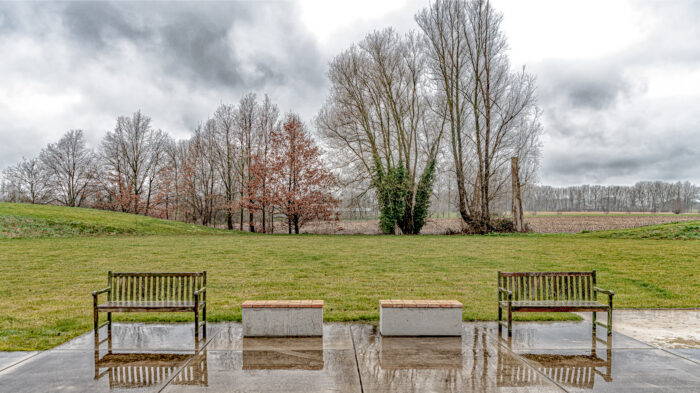
zitbanken bij WZC Poldervliet

met de uitvoerders Dominic Huyghe (links) en Roy Maes (rechts)

Door de afstandsregels en het verbod op fysiek contact maakte COVID-19 ons bewust van het belang van aanrakingen. De gewoonte om iemand een hand te geven, een simpel verbindend gebaar, werd ons plots ontnomen. Een hand, een aanraking kan in de menselijke communicatie zoveel betekenen. Dit gebaar en een universeel verlangen naar aanraking vormt dan ook het basisconcept voor ‘1.000 bakstenen’. Een project dat ontstond op vraag van lokaal bestuur Kruibeke om een kunstwerk te creëren als herinnering aan de slachtoffers van COVID-19 en als eerbetoon aan de hulpverleners.
Ik koos ervoor om met lokaal ontgonnen klei te werken. De streek behoort tot de Boomse kleilaag en heeft een geschiedenis van steenbakkerijen die terug reikt tot de 14e eeuw. Deze gedeelde grond en geschiedenis verbindt de drie deelgemeenten: Kruibeke, Bazel en Rupelmonde. In het najaar 2022 trok ik naar de drie deelgemeenten met bakken vol zelfgemaakte bakstenen in zachte klei. De inwoners werden uitgenodigd om daar hun handafdrukken in te zetten. Sommige deden dit subtiel, anderen stevig, elk op hun eigen manier. In totaal werden er zo’n 1000 bakstenen gemaakt.
De gebakken stenen zijn te vinden op zes locaties verspreid over de drie deelgemeenten in de vorm van banken, wandelpaden en een muur-sculptuur. Door de stenen met handafdrukken samen te voegen tot diverse kunstintegraties, worden de inwoners van de gemeente symbolisch terug bij elkaar gebracht.
Project gerealiseerd in 2022 – 2023, met de steun van de Vlaamse Overheid.
Met dank aan: Museum Rupelklei, Wienerberger, Argex, Francois Stuer, Architectenbureau Bart Dehaene, Dominic Huyghe, Roy Maes en Trust Bouwwerken en alle deelnemers.
COVID-19の犠牲者を偲び、医療従事者を労う参加型アートモニュメントプロジェクト「1000個のレンガ」。 プロジェクトの根底には、 ソーシャル・ディスタンスや接触の禁止によって浮き彫りになった、コミュニケーションにおける手の役割の大切さの再認識がある。スヘルデ川に面し、ブーム粘土層に属するクライベーケ市周辺には、14世紀から続くレンガ造りの歴史がある。 2022年秋、ブーム粘土から一つひとつ手で形作ったまだ柔らかいレンガを準備し、それを触ることで手形や指型を残すよう住民に呼びかけた。焼きあがったレンガは、クライベーケ市内の6箇所にさまざまな芸術作品(ベンチ、歩道の一部、壁彫刻)として恒久設置された。手形のついた個々のレンガを作品としてまとめることにより、COVID-19により離れ離れになった住民の再会と支え合いを象徴的に表している。
Due to the distance rules and the ban on physical contact, COVID-19 made us aware of the importance of touch. The habit of shaking hands, a simple connecting gesture, was suddenly taken away from us. A hand, a touch can mean so much in human communication. This gesture and the universal desire for touch is therefore the basic concept for ‘1,000 bricks’. A project that was commissioned by Kruibeke to create a monumental artwork as a reminder of the victims of COVID-19 and as a tribute to the aid workers.
I chose to work with locally quarried clay. The region belongs to the Boom clay layer and has a history of brickyards stretching back to the 14th century. This shared ground and history connects the three sub-municipalities: Kruibeke, Bazel and Rupelmonde. In the fall of 2022 I stood in the three districts with bins full of handmade bricks in soft clay. Residents were invited to place their handprints there. Some did this subtly, others firmly, each in their own way. In total, about 1000 bricks were made.
The fired bricks can be found at six locations across the three sub-municipalities in the form of benches, walking paths and a wall sculpture. By combining the stones with handprints into various art integrations, the inhabitants of Kruibeke are symbolically brought back together.
